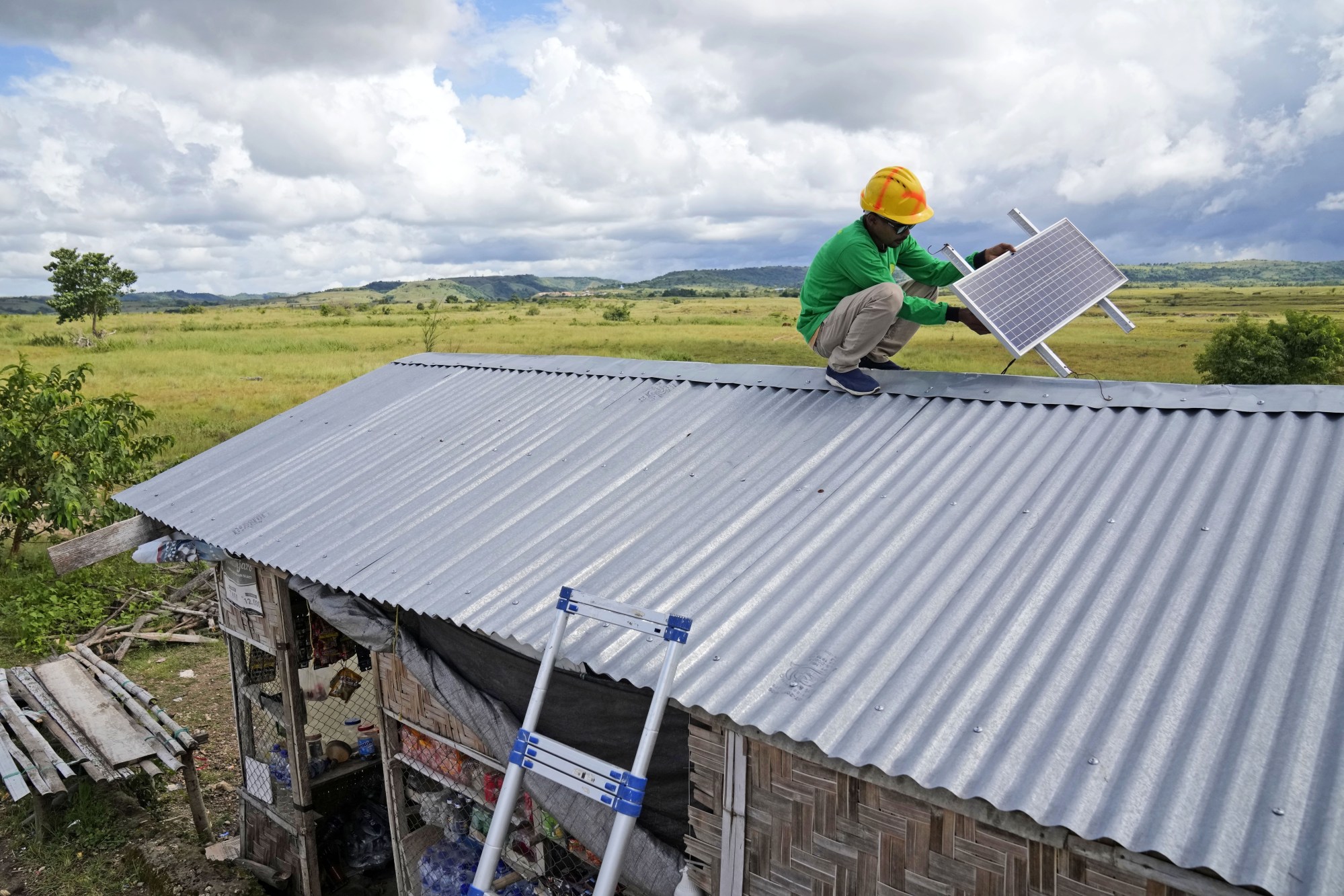
How China can help change the game for clean energy in Southeast Asia
- Sustained and major investments are needed to help Southeast Asia’s energy sector provide renewable energy at affordable prices
- An approach that supports rapid, off-grid deployment of renewable energy with project-specific support can lead to more investment
Among the many essential factors required to achieve these goals, securing significant and sustained investments in renewable energy projects emerges as a crucial factor.
Although opinions vary on the scale and scope of the required investment, there is a wide consensus that the investment needed for the progress of the region’s energy transition is substantial, far exceeding what the public sector can provide, despite traditionally being the main source of funding.
From 2016 to 2020, a total investment of about US$60 billion was made in clean power in the region. A large bulk of that funding has come from the public sector. This amount falls substantially short of what is needed to expand renewable energy supply to stay aligned with Paris climate goals, estimated at US$92 billion a year by the International Energy Agency.
Allocating more public funding for renewable energy projects is also challenging, especially considering that governments across the region are trying to manage public debt and spending after Covid-19 while addressing competing demands for public budgetary allocation.
This situation underscores the pivotal role of private investment in driving the region’s energy transition. Given its position as a leading investor in clean energy and the region’s major economic partner, China can provide vital support for Southeast Asian countries to mobilise private investment.
China’s tech generosity a sensible response to US constraints
These reforms often encounter challenges, including conflicting interests and limited implementation capabilities. This is especially the case when reforms touch upon politically sensitive areas such as fossil fuel subsidies, potentially challenging entrenched interests.
The moribund market reform programmes of some countries in the region, initiated to encourage private investment in the power sector, illustrate the difficulties associated with deeper reforms to attract private capital.
Without deeper reforms, however, private investors would naturally prioritise renewable energy projects in lower-risk, mature economies. This perspective is supported by the global surge in renewable energy investment in recent years, from US$451 billion in 2019 to US$659 billion in 2023 – marking an over 40 per cent increase in just four years.

However, this surge in investment has been predominantly concentrated in a handful of advanced countries and major developing economies, most notably China. The rest of the world, including Southeast Asia, accounted for only a minuscule amount of the increase in renewable energy investment since 2019.
To rectify the situation, a report by the Asia Society Policy Institute proposes an innovative strategy – the Clean Prosperity Plan – for China to consider. This proposal is built around a bottom-up approach, focused on supporting a rapid deployment of renewable energy projects that are immediately viable with project-specific policy support and international assistance.
Given the industrial sector’s heavy reliance on captive coal-fired power generation, there exists significant potential for the deployment of co-located off-grid renewable energy and storage systems, to progressively reduce its dependence on fossil fuels. Such a move can circumvent the current limitations of grid systems in the region, bringing immediate benefits.
Is Asia set for a green energy revolution powered by small solar panels and EVs?
To further broaden these benefits, the proposed plan seeks to harness the opportunities that renewable energy projects present for clean industrialisation. Endowed with natural advantages in clean equipment manufacturing and critical mineral processing, Southeast Asia is well-positioned to potentially produce 125-150 GW of solar modules and 140-180 GWh of battery cells by 2030, an endeavour expected to unlock significant opportunities for economic growth within the region.
Together, these efforts will pave the way for Southeast Asia to transition towards a clean and prosperous future.
Dr Muyi Yang is a non-resident senior policy fellow at Asia Society Australia
Alistair Ritchie is director of Asia-Pacific Sustainability at the Asia Society Policy Institute (ASPI)



